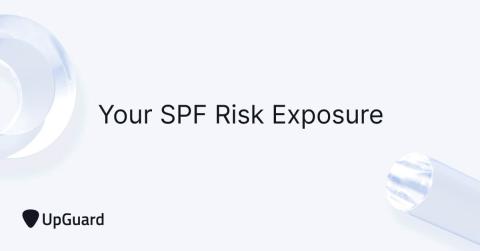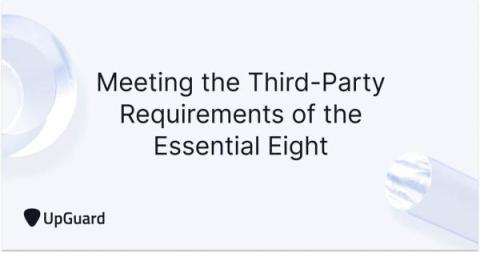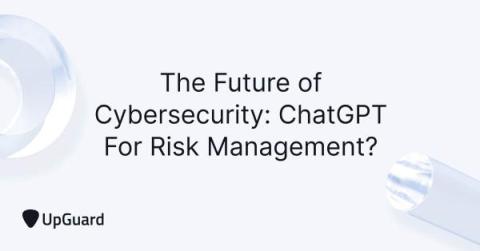Your Sender Policy Framework (SPF) Risk Exposure
The Sender Policy Framework (SPF) is an email authentication protocol that specifies email authorization through Domain Name System (DNS) records. When an email is sent through the Simple Mail Transfer Protocol (SMTP), there is no requirement for authorized messages, which means that spammers can forge your domain in their phishing attacks.











